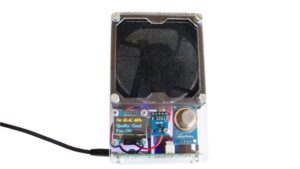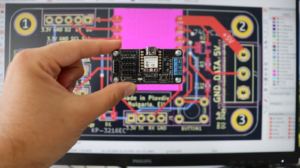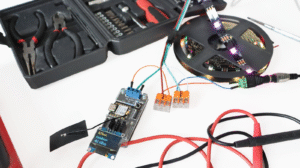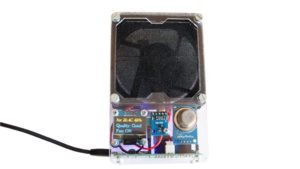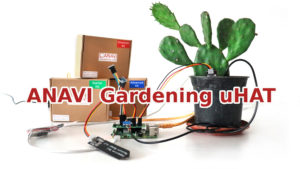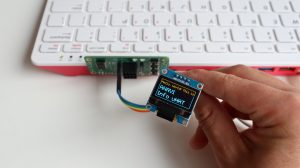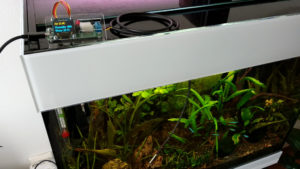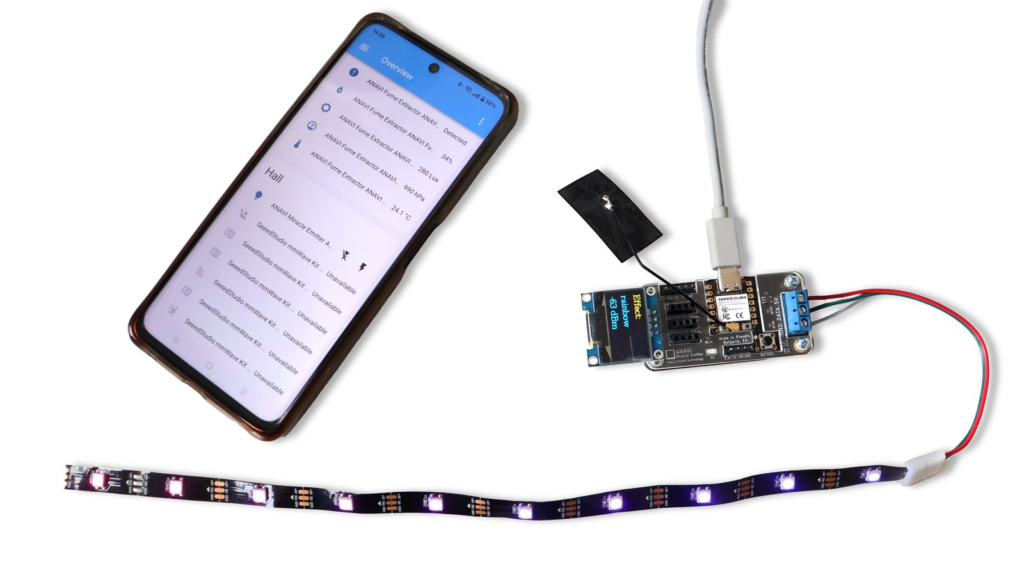
We are thrilled to announce the successful completion of our crowdfunding campaign at Crowd Supply for the ANAVI Miracle Emitter, which wrapped up on May 29th 2025. Your enthusiastic support made this possible – thank you! Backers from across seven different countries came together to champion this open-source development board designed for controlling NeoPixel LEDs, featuring the ESP32-C3 chip built on the open architecture RISC-V.
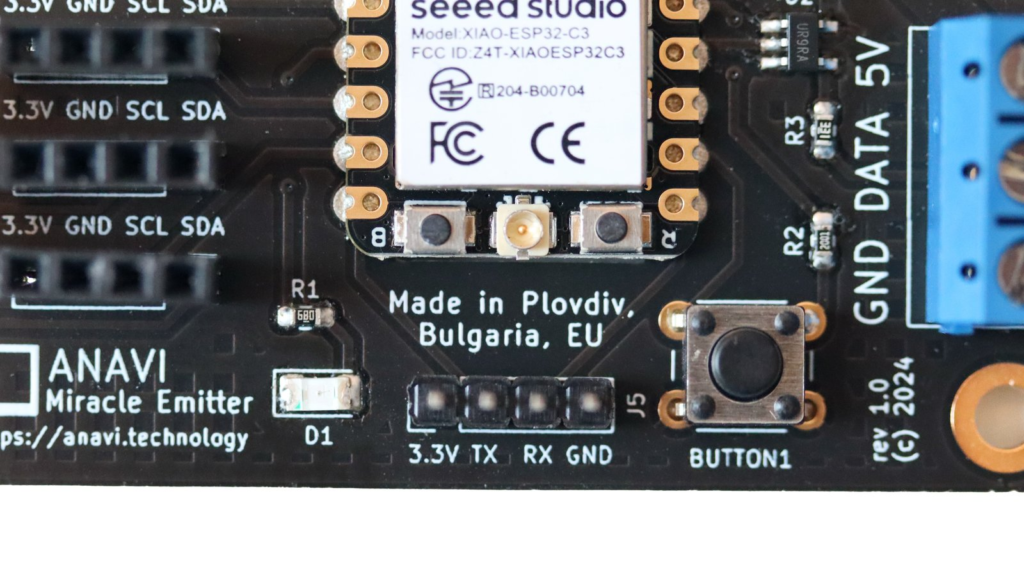
We’re happy to report that the project is progressing smoothly. All printed circuit boards have been produced and assembled, and the custom laser-cut acrylic cases are ready. We have also secured environmentally friendly packaging materials, including recyclable cardboard boxes and a fresh batch of stickers to add some flair.
On the software side, version 1.0.1 of the default open-source firmware that works with Home Assistant over MQTT is now live and will be pre-installed on each unit. As always, the board’s fully open design means you can install alternatives like WLED or create your own custom firmware as you see fit.

In the coming days, we will complete the final packaging and deliver everything to the Crowd Supply warehouse in the US. Shipping to backers will begin shortly afterward, and your kits will be on their way!
We are incredibly grateful for your continued support, input, and engagement with our open-source GitHub repositories. More exciting news and updates are just around the corner so stay connected!



